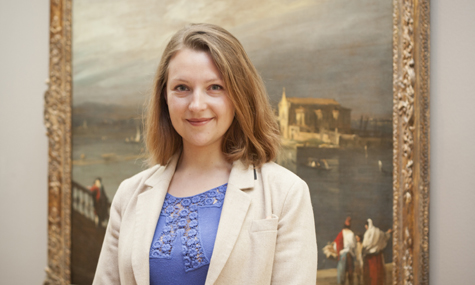
Sandra Buratti-Hasan, a Museum Curatorial student from Paris, France, has been the guest of the DMA for the past couple of months as the last step of her curatorial training. Uncrated recently caught up with her in the galleries to find out more about her visit to the U.S.
Tell us a bit about yourself and why you’re visiting the Dallas Museum of Art: I am currently finishing my training as a museum curator in Paris at the Institut National du Patrimoine (National Heritage Institute). Every curator in France has to go through an eighteen-month training after passing a competitive examination. I am a specialist in Western 19th-century art, especially the symbolist period and the links between literature, music, and visual arts. The training consists of lectures on museum management, exhibition coordination, law, budget management, and various trainings within museums, both in France and abroad. For my international training, I wanted to discover from the inside the U.S. museum system, and I thought it would be very interesting to be hosted by my former teacher at the Ecole du Louvre in Paris, Olivier Meslay, who is now the Associate Director for Curatorial Affairs and The Barbara Thomas Lemmon Curator of European Art at the DMA.
What has an average day been like for you while at the DMA? There was no average day—my stay at the DMA has been full of surprises! However it has been a good balance between attending meetings, especially the curatorial and the budget and management team meetings, having a thirty-minute interview with a member of staff (in every department: gallery attendants, Visitor Services Desk, IT, Museum Store, conservation, marketing, and so on). I also spent lots of time in the galleries and in the Center for Creative Connections participating in programs for various visitors (schoolchildren, people with special needs, etc.). And I should not forget the Friday Late Nights and Jazz in the Atrium on Thursdays. I also had the great opportunity to visit Texas museums, which are full of treasures.
How would you describe the best part of your job and its biggest challenges? There are several “best parts” in being a museum curator. One of the most exciting is to give life to works of art you find really important and that have been previously neglected. It fulfills one of a curator’s greatest challenges: to help people become involved with art, no matter what their educational background is. Another challenge is to find the balance between managing the collections, coordinating exhibitions, and having enough time for your scientific research, which needs to be constantly updated.
Growing up, what type of career did you envision yourself in? Did you think you’d work in an art museum? I had several dreams. I wanted to be a painter, an archaeologist, a judge, or a natural scientist. But I was always fascinated by art, especially paintings, and as a child I would consider Leonardo as a friendly figure from the past, a bit like an unknown grandfather (certainly because of portraits showing him with a white beard). So I think working in an art museum was a dream, but an unconscious one.
What is your favorite work in the DMA’s collection? Definitely the Canaletto (San Cristoforo, San Michele, and Murano from the Fondamenta Nuove, Venice). I was fascinated by it as soon as I approached it on my first day at the Museum. It is a very striking piece, wide and uncommon in Canaletto’s work. He manages to capture the poetry of Venice, the gray sky, the mystery of the water; you feel as if the painting is going to swallow you. I would love for my soul to be likewise kidnapped by art. It is exactly for that feeling that I wanted to work among paintings.
Is there a past exhibition that stands out in your mind as a favorite, or is there a particular upcoming show you’re looking forward to seeing? I remember a striking show in Amsterdam in 2006, Rembrandt-Caravaggio. The room was really dark, with bright highlights on the paintings. You felt like you were entering a marvelous cave, and indeed, treasures were hung on the walls. Seeing the two masters at the same time deeply touched me. I have never felt such a strength in the brushstrokes, such a depth in the layers of the paintings or the looks on the faces.
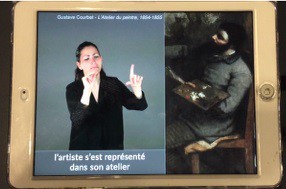
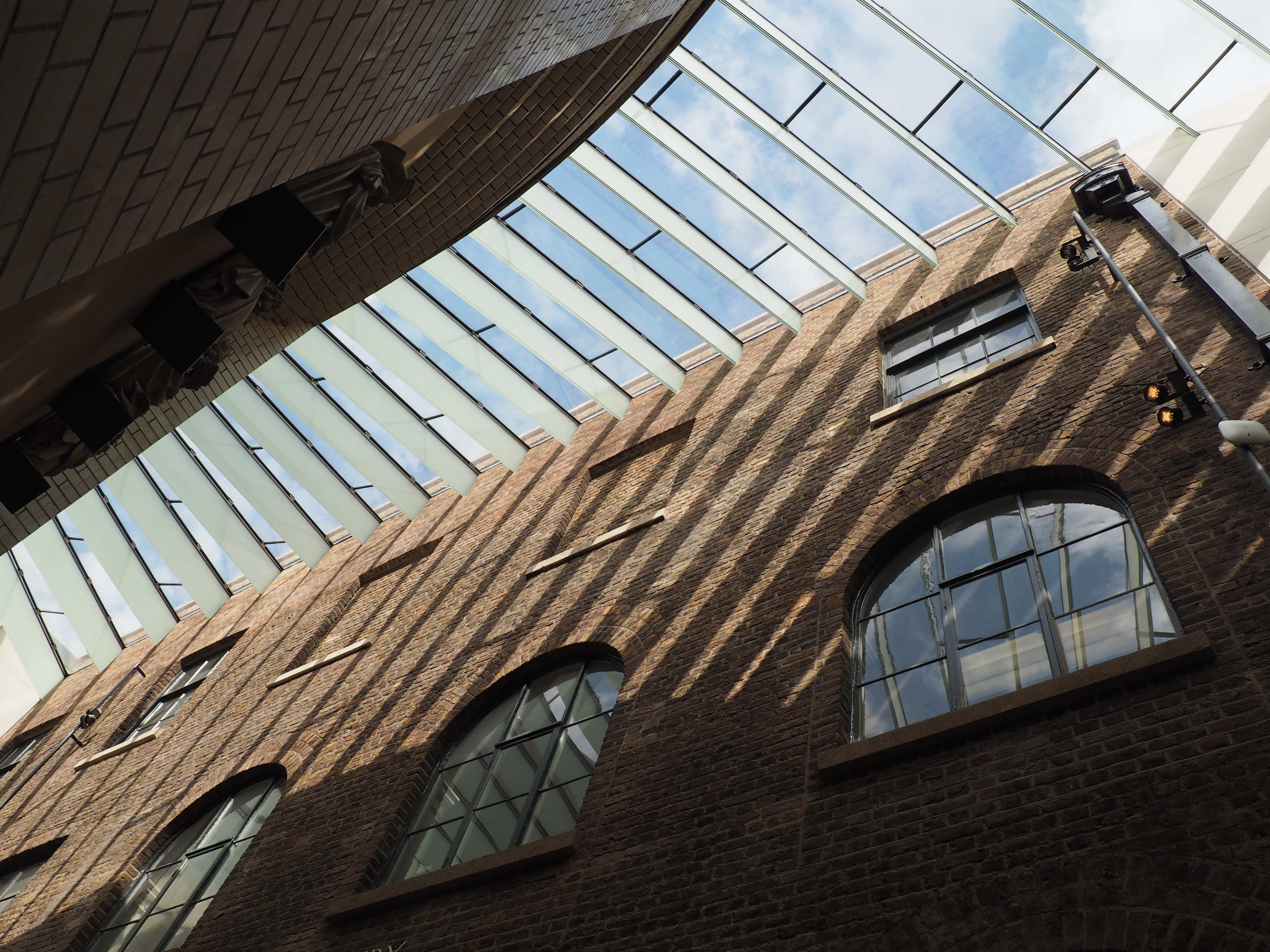
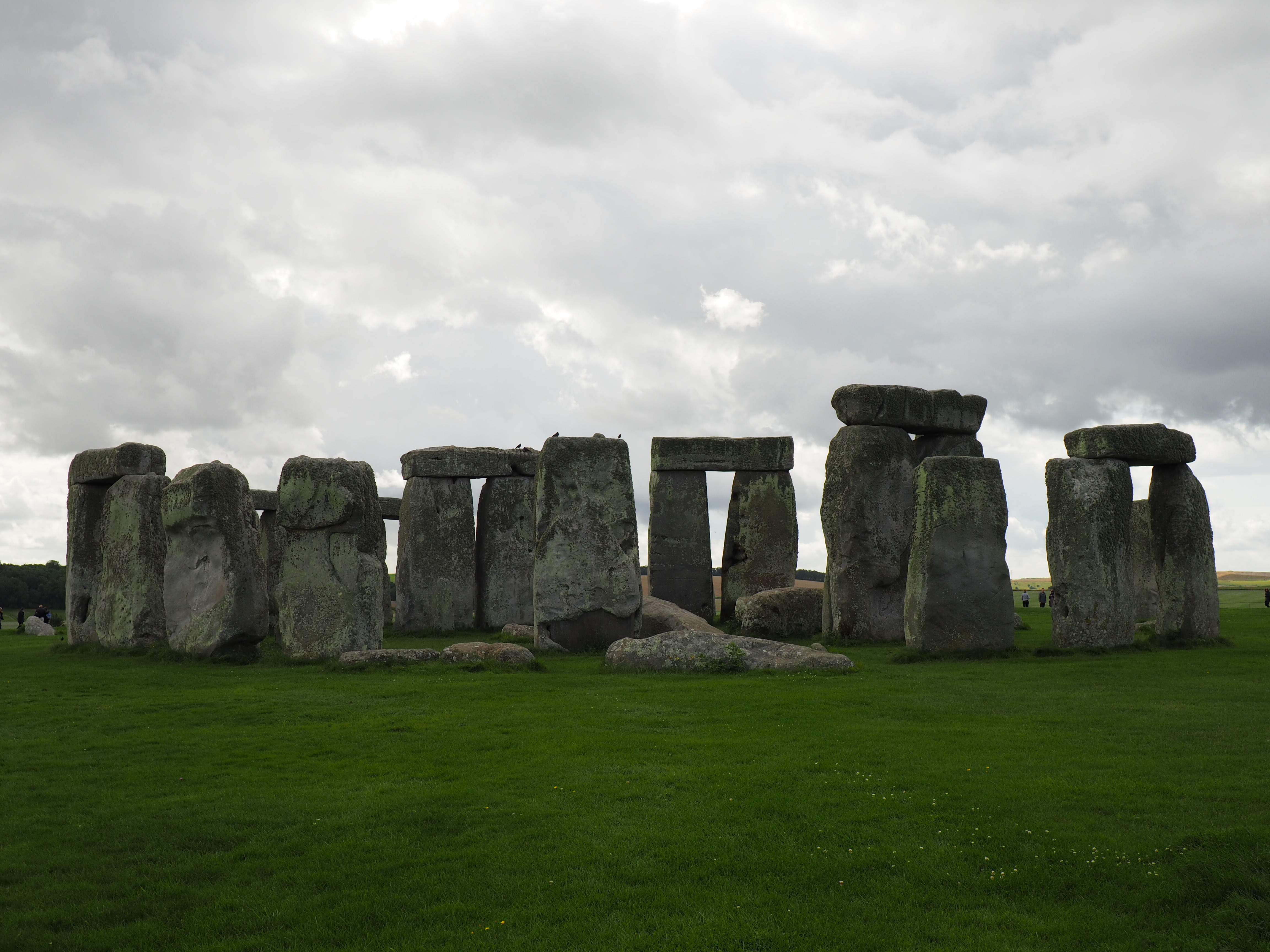
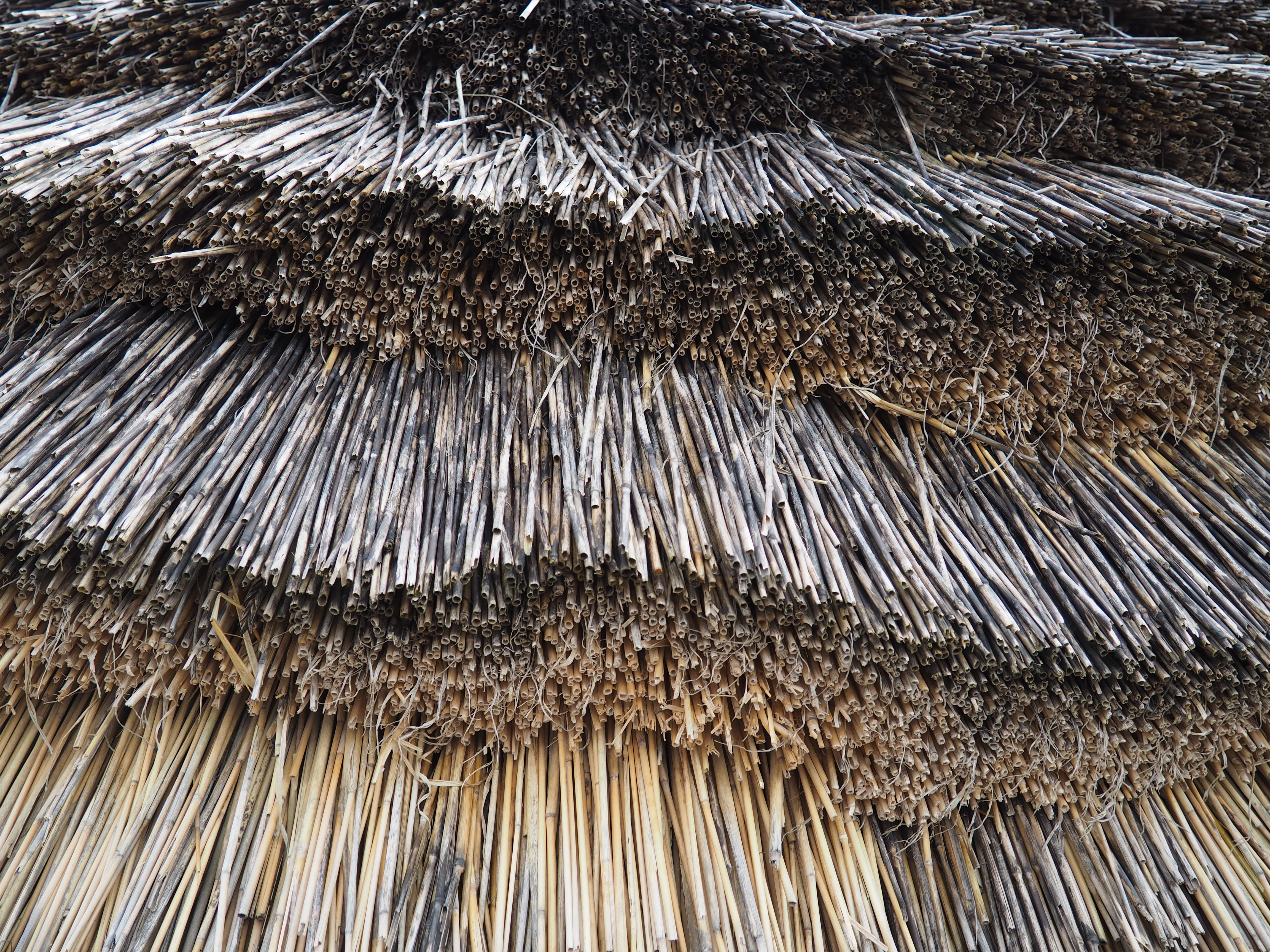
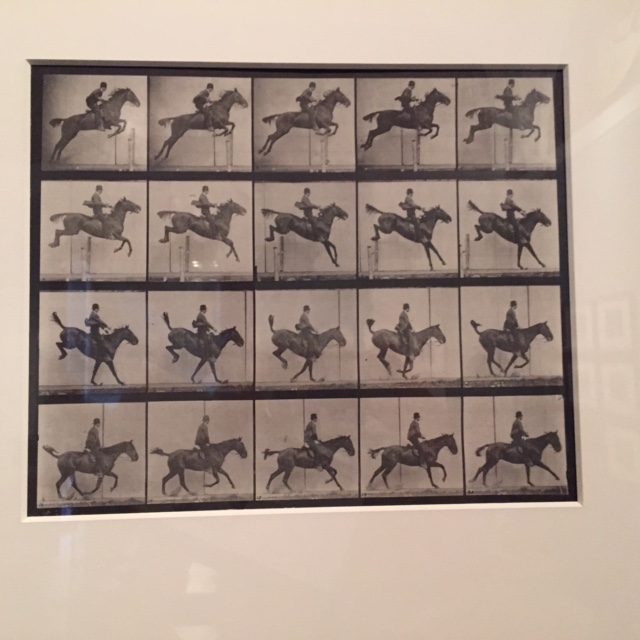
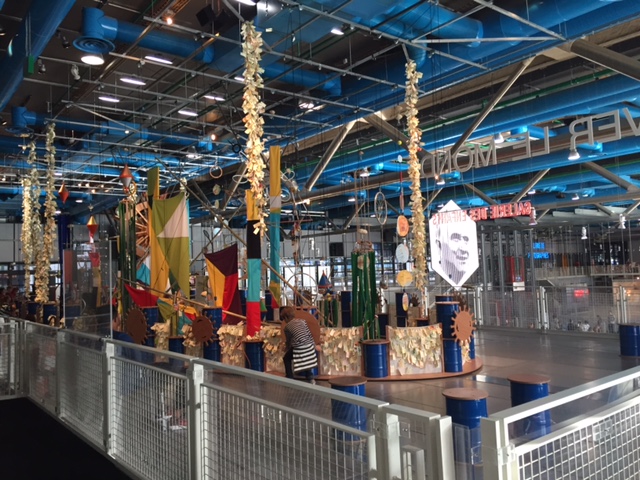
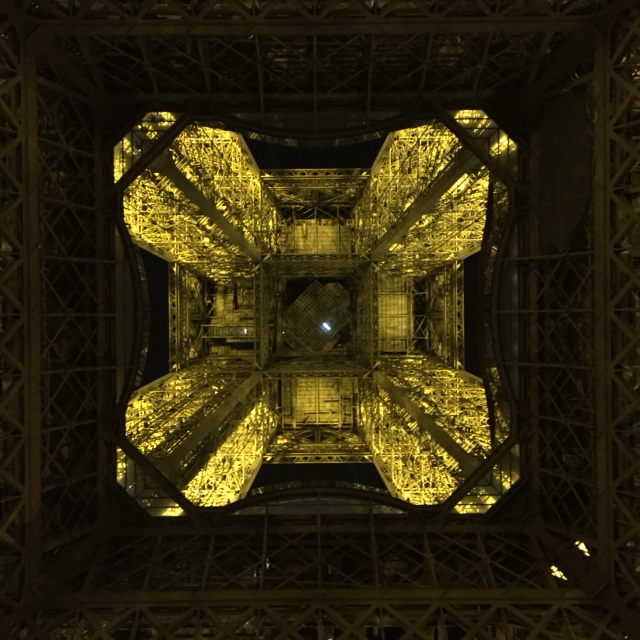


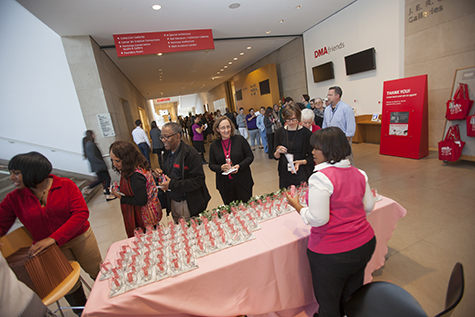
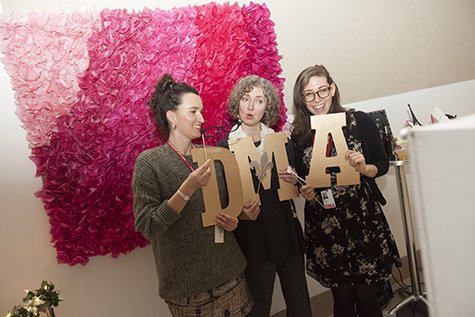
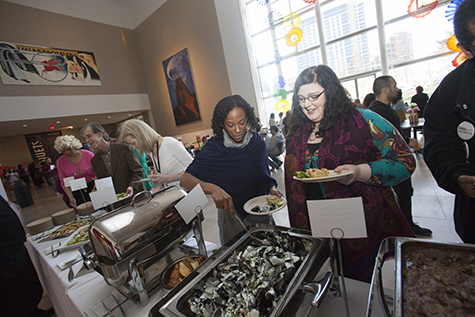
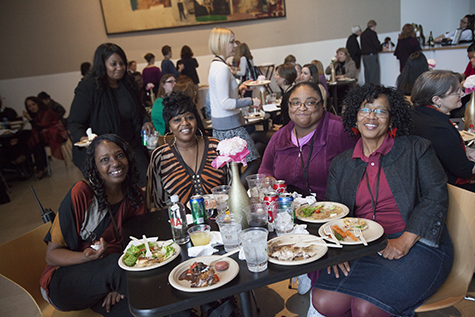
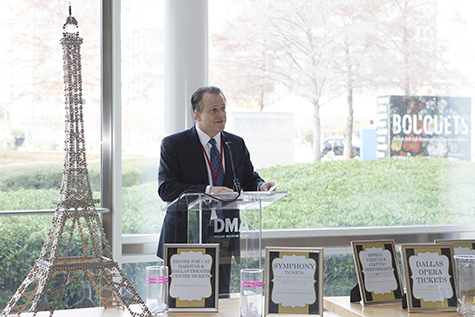
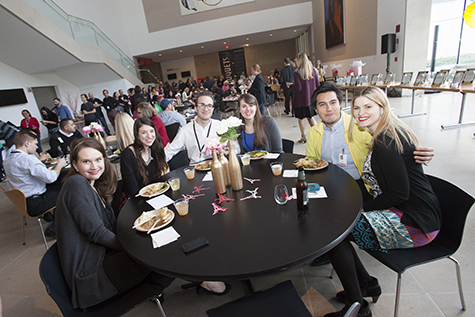
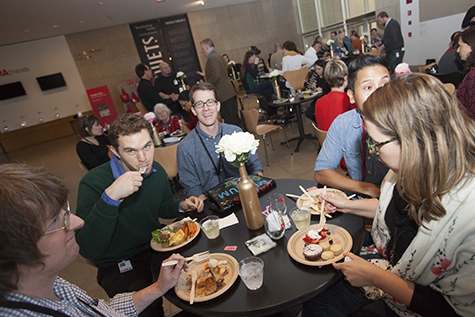
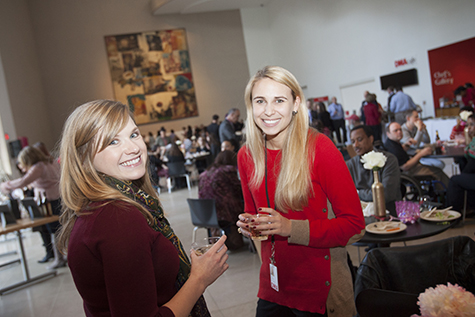
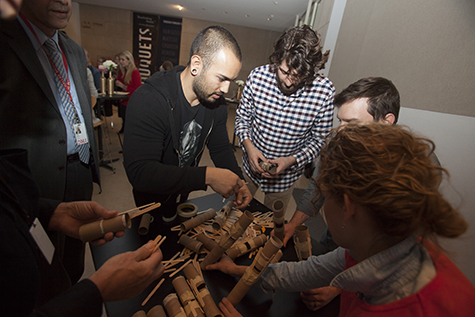
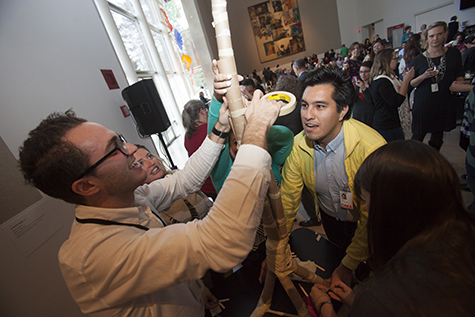
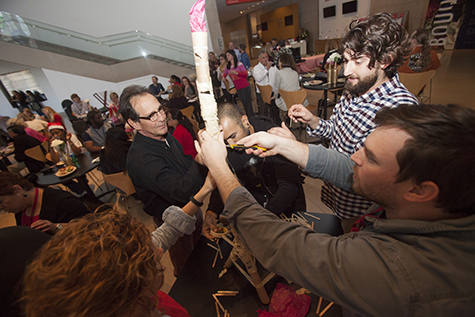
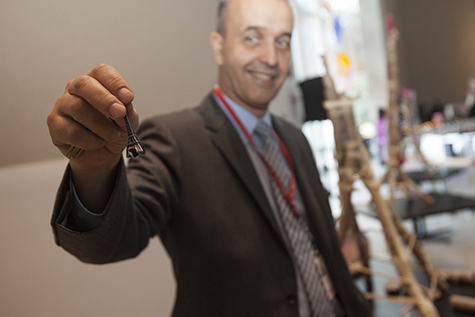
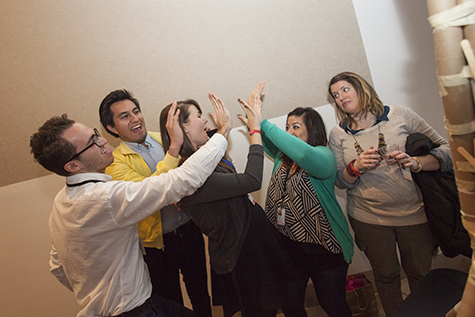
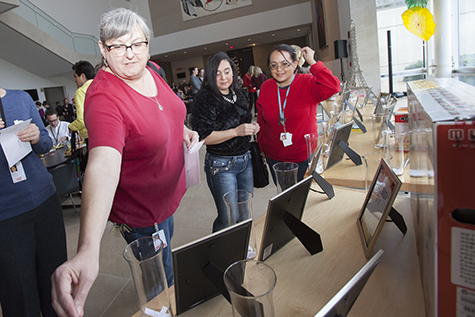
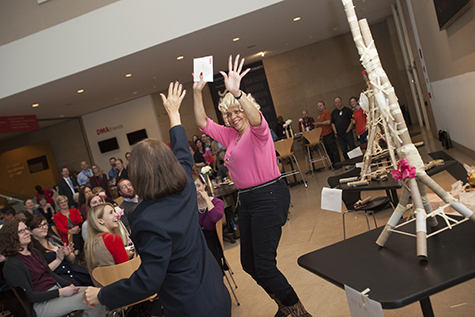
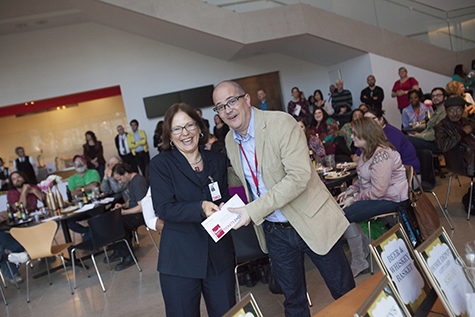
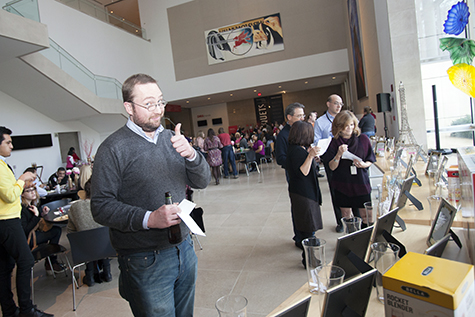
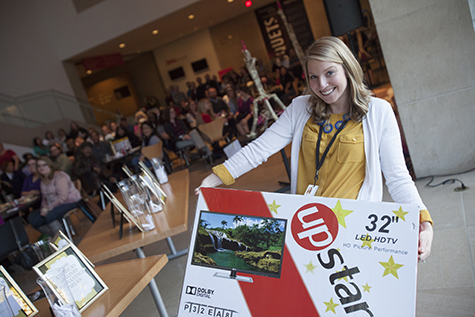
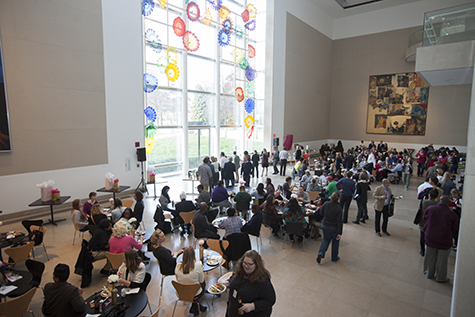




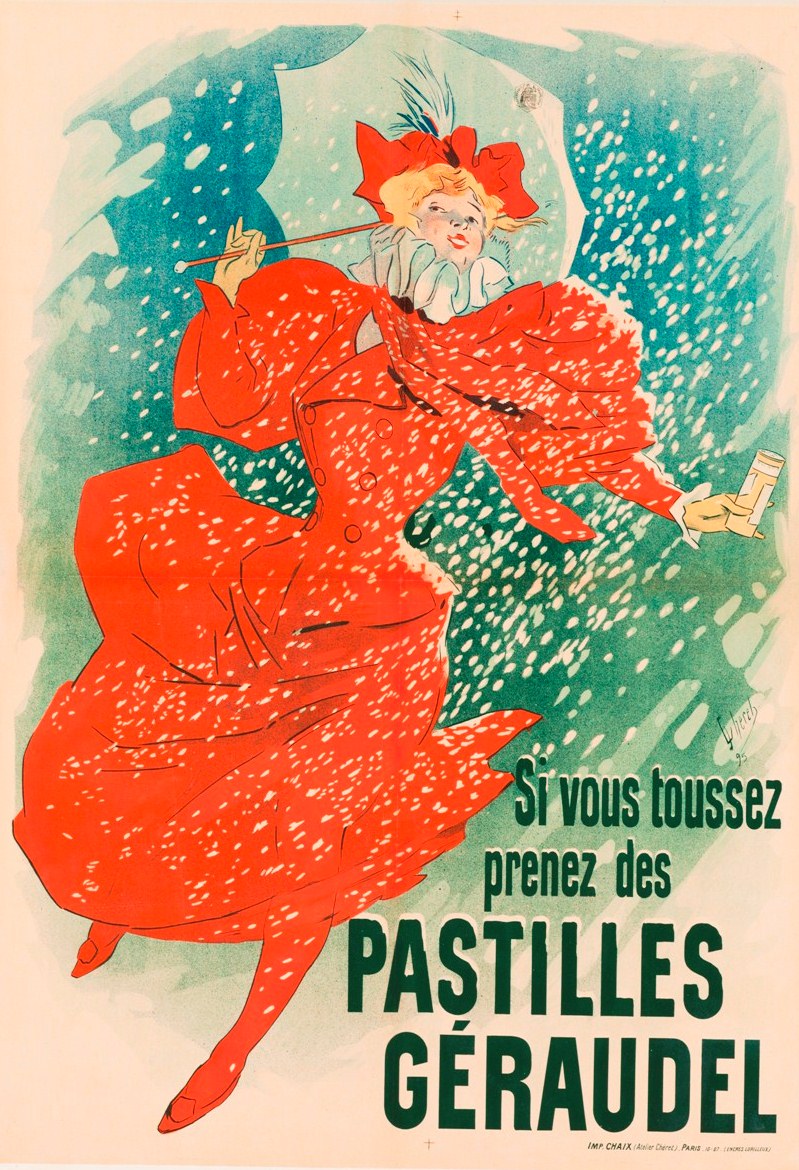






![photo[8]](http://blog.dma.org/wp-content/uploads/2011/06/photo8-e1306966221312.jpg)
![photo[7]](http://blog.dma.org/wp-content/uploads/2011/06/photo7-e1306966274528.jpg)
![photo[6]](http://blog.dma.org/wp-content/uploads/2011/06/photo6-e1306966300541.jpg)
![photo[5]](http://blog.dma.org/wp-content/uploads/2011/06/photo5-e1306966324187.jpg)
![photo[2]](http://blog.dma.org/wp-content/uploads/2011/06/photo2.jpg)
![photo[3]](http://blog.dma.org/wp-content/uploads/2011/06/photo3-e1306966441820.jpg)
